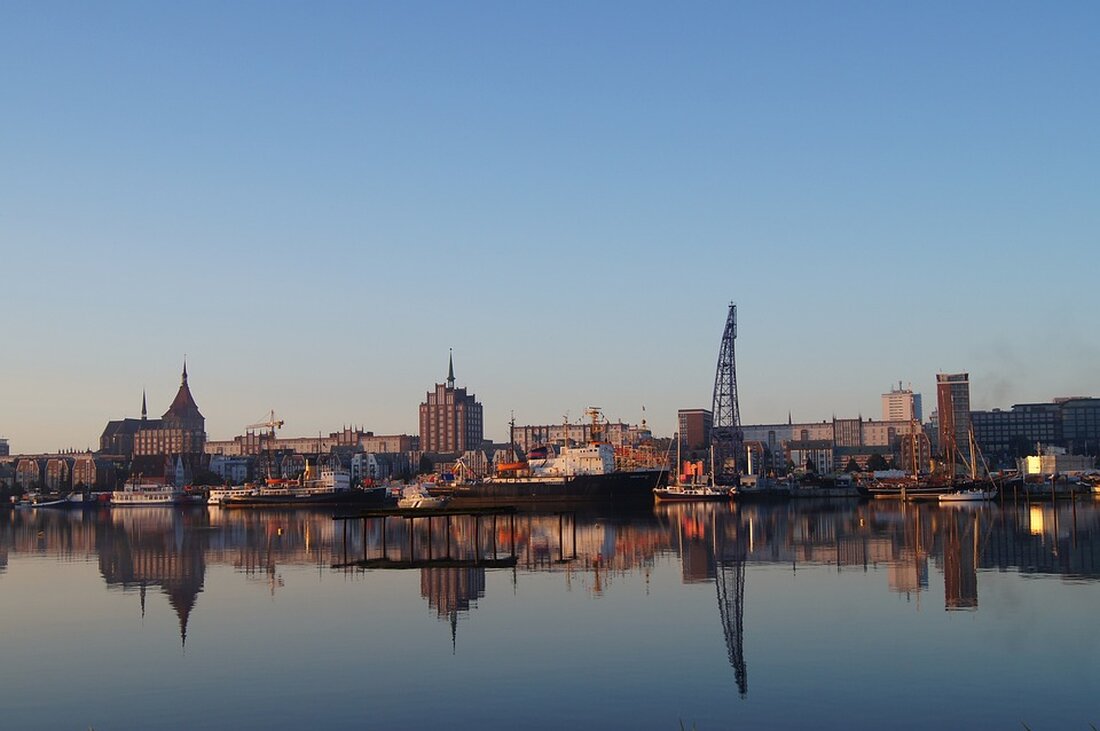Rostock Heath at the limit: Tourism is endangering the green oasis!
The Rostock Heath, Germany's largest coastal forest, faces challenges from tourist overload and climate change.

Rostock Heath at the limit: Tourism is endangering the green oasis!
The Rostock Heath, the largest closed coastal forest in Germany, extends over more than 6,000 hectares and is the most important local recreation area in the Hanseatic city of Rostock. Every year, this forest area attracts around 500,000 visitors who appreciate its natural beauty and recreational opportunities. But this popularity has its downsides: Forestry department head Jörg Harmuth warns of the forest being overloaded with tourists. The 2024 forestry report reports heavy strain from increasing tourism, especially on the Baltic Sea coastal cycle path, on which 151,000 cyclists have already been counted, an increase compared to the previous year. This creates problems for the forestry department, police and security services, who have to deal with the inappropriate behavior of some visitors. The focus is also on climate change, which not only contributes to coastal retreat but also to the loss of forest area. Loud svz.de Around 31,100 new trees are planted in the Rostock Heath every year, with 75% of these plants being deciduous trees. In the past ten years, natural regeneration of ten times as many trees has been observed.
Another planting campaign is planned for November 1, 2024 in the Wiethagen area; almost 3,500 nature enthusiasts have already taken part in previous campaigns. The condition of the Rostock Heath shows stagnation: Although it has not worsened, there are growth problems with spruce and beech, while other tree species such as birch, alder, fir and larch react more stable. The current tree population consists of 55% deciduous trees and 45% conifers, with 19 conifer species and 44 deciduous tree species. Notably, almost 20% of the trees are over 120 years old, while 41% are over 80 years old.
Biological diversity and protected areas
The Rostock Heath is considered one of 30 biodiversity hotspots in Germany. This valuable natural region has been certified according to the FSC (Forest Stewardship Council) standard for 25 years and Rostock was the first municipality in the new federal states to be certified according to these standards in 2000. The entire forest area is a landscape protection area that includes various nature reserves. These include Heiligensee and Hüttelmoor with 540 hectares, the Radelsee with 218 hectares and Schnatermann with 54 hectares.
The forest itself is a remnant of the former primeval forest that stretched from the Netherlands to Pomerania. The city of Rostock bought the area from Borwin III in 1252. After World War II, military installations were dismantled and only a few relics, such as cannon bunkers, were converted to serve as winter quarters for bats. The range of experiences for visitors is complemented by around 61 km of main path networks for hikers and cyclists, as well as various memorial stones that commemorate important personalities and events in connection with the Rostock Heath.
Management and challenges
The management of the Rostock Heath is the responsibility of the Rostock City Forestry Office, which looks after the various forest areas such as Schnatermann, Hinrichshagen, Torfbrücke and Wiethagen. Despite the challenges posed by climate change and tourism, the goal is clear: to preserve and promote biodiversity and the sustainable development of the forest area. The number of visitors shows the interest in nature, but in order to preserve it for future generations, responsible handling and targeted measures are necessary.

 Suche
Suche
 Mein Konto
Mein Konto